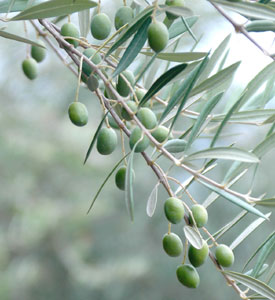Dawn Redwood
Metasequoia glyptostroboides
The dawn redwood is also known as the water fir in China and the water larch; it is native to central China. It is a deciduous tree that is closely related to the giant sequoia and is the only living species of Metasequoia that is living.
The dawn redwood is critically endangered and was thought to be extinct until a tree was found in 1941 but was not investigated until after World War II ended.

The Dawn Redwood
It is thought that native stands cultivated by Buddhist monks are still cultivated in China. The first trees in the United States were planted in the late 1940’s and by the 1980’s there was a problem with inbreeding so new sources of the dawn redwood were found shortly thereafter to increase the genetic pool and make it more healthy.
It is widely becoming a favorite to plant because of it beauty as an ornamental tree and easy to grow. Dawn redwoods prefer moist slightly acidic soil that is deep enough to support the plants and enjoys hardiness zones from four through eight.
The bark and foliage are similar to that to the California redwood, but it is deciduous and the foliage has branches opposite to each other, bright green in color and turning to copper color in the fall.
Like its near relative, the giant sequoia, it bears male and female cones upon the same tree, although the cones are much smaller. Dawn redwood plants are fast growing, reaching a height of 40 to 50 feet in twenty years with good growing conditions as well as doing well in standing water like the bald cypress tree.
The dawn redwood has a pyramidal shape with little timber value since the wood is brittle and weak.
Efforts to conserve and preserve this tree for our descendants should be near the top of the lists for environmentalists as this tree is one the few links to the ancient world we only see in glimpses and monuments when the earth was newer.



The dawn redwood is indeed being preserved, at the Crescent Ridge Dawn Redwoods Preserve in NC. It was created by actor D.A. Hänks in 1995, to re-establish the specie to its once-native range. It is scheduled to open to the public in 2035.
These trees will top out much taller than the commonly posted heights. The tallest is currently 149 feet in OR.
Yeah, I have a metaseqouia in my back yard in Maine. I am waiting until I’m 80 years old so I can build a treehouse. Very boyish of me.
I have a Dawn Redwood and a baby giant sequoia growing in my backyard.
I am in Connecticut and have a Dawn Redwood in my back yard, it was hard hit by this freak snow storm and lost many branches. I believe it’s a male as I see the tiny cones now that the upper branches have broken.